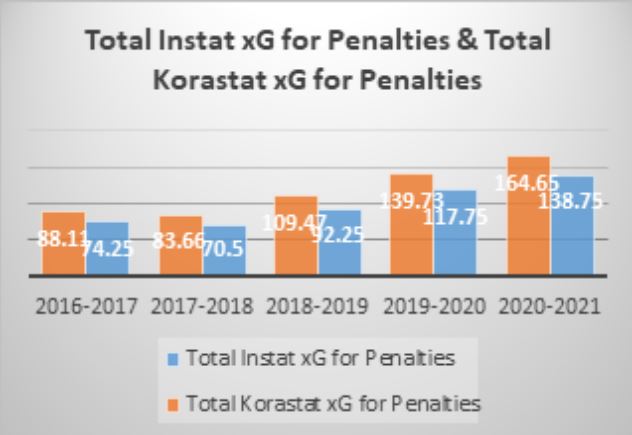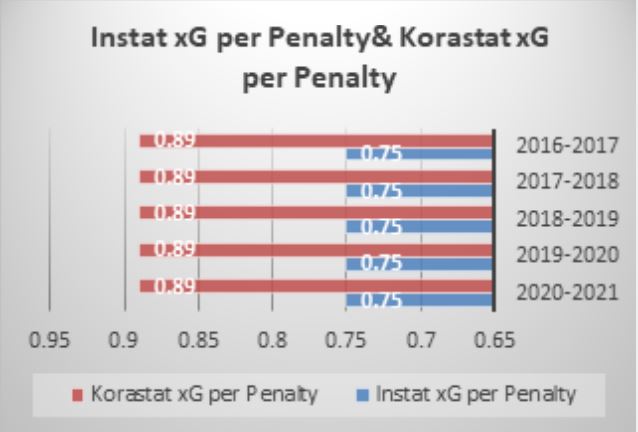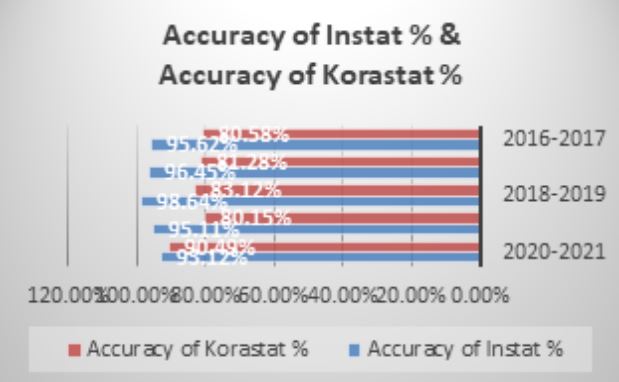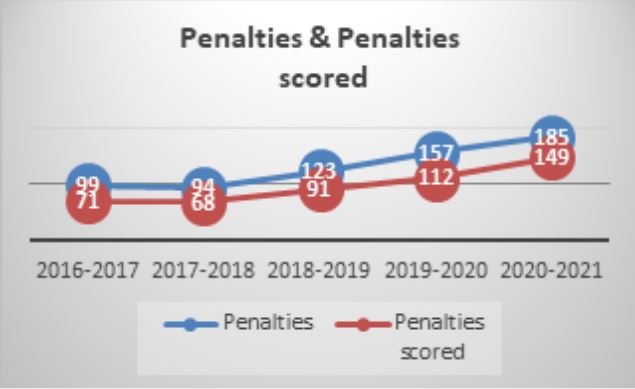Biography
Interests
Gomaa Othman M.1* & Mohamed Dawoud Al- shenawy2
1Assistant Professor Faculty of Physical Education Zagazig University
2Sports Data Analyst and Football Pundit
*Correspondence to: Dr. Gomaa Othman M., Assistant Professor Faculty of Physical Education Zagazig University.
Copyright © 2022 Dr. Gomaa Othman M., et al. This is an open access article distributed under the Creative Commons Attribution License, which permits unrestricted use, distribution, and reproduction in any medium, provided the original work is properly cited.
The Big “Data” Problem
During next few years, there will be a change and an increase in the functions of research and analysis in the
sports field Football is one of the sports that will greatly develop in the analysis of players’ performance. This
growth is due to many current coaches recognizing the value of data analytics in helping their team. Applied
toward anything from potential draft picks to fourth down prediction charts, data can quantify difficult
decisions into simple, thoughtful processes.
Applying analytics in sports is complex. Being able to confidently predict events or outcomes requires taking many variables into account, thus producing complicated statistical outcomes and probabilities. Though data and statistical methods are available to predict who wins a football game with extraordinary accuracy, the complexity of the process leaves coaches scratching their heads.
How Do We Solve the Problem?
The result of this analysis confirmed this coordinator’s “hunch” that although one punter could occasionally
hit a very long punt, his counterpart was much more reliable. As an analyst, I found that the best way to arrive at a solution is to either confirm these “hunches” that coaches have with solid data analysis or provide
alternative ways of thinking to show different possible paths. The coach might feel like one person is better
than the other, and to be able to provide statistical proof of confirmation could be game changing in building
trust with the coaching staff and in the overall acceptance of data analytics in any football program.
In sum, better analysis involves better communication. To grow analytics in football, there needs to be better communication patterns to help the coaches understand and apply the insights found through data analytics initiatives to the specific problems for which the coaches are seeking solutions.
Football has recently seen an expanded use of data in an attempt to develop the game, and with the diversity of companies working in football data, become for each company has its own model that analyzes the data through it.
One of the most famous values in football data is Expected Goals xG, and the following table provides a comparison between the value of the expected goals for the penalty kick and its connection to reality by comparing the real numbers with the hypothetical numbers of two models working on the Egyptian Premier League. and they are KoraStat and Instat.

The table [1] and figures [1-4] shows the value given by each company’s model, the number of penalty kicks that are supposed to be scored according to the model, and the accuracy rate of each model in predicting each season individually and for the total of the five seasons compared to the realistic numbers.




We note from the table that instat, which gives the penalty kick value of 0.75, is the closest to the accuracy, as its accuracy of expecrltation during five seasons reached 99.94% after it was expected that 493.5 penalty kicks were scored, while 491 penalty kicks were actually recorded.
On the other hand, the KoraStat model, which gives the penalty kick a value of 0.89, has an accuracy of expectation 83.84%, after it was expected to score 585.63 penalty kicks, while 491 penalty kicks were actually recorded.
Which shows that the value of scoring a penalty kick in the Egyptian League corresponds more to the model of the company Instat, which gives for each penalty kick a value of 0.75 as an expected goal.
Bibliography

Hi!
We're here to answer your questions!
Send us a message via Whatsapp, and we'll reply the moment we're available!